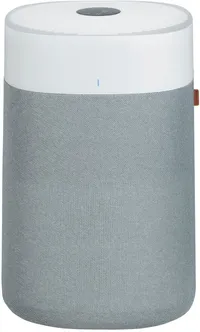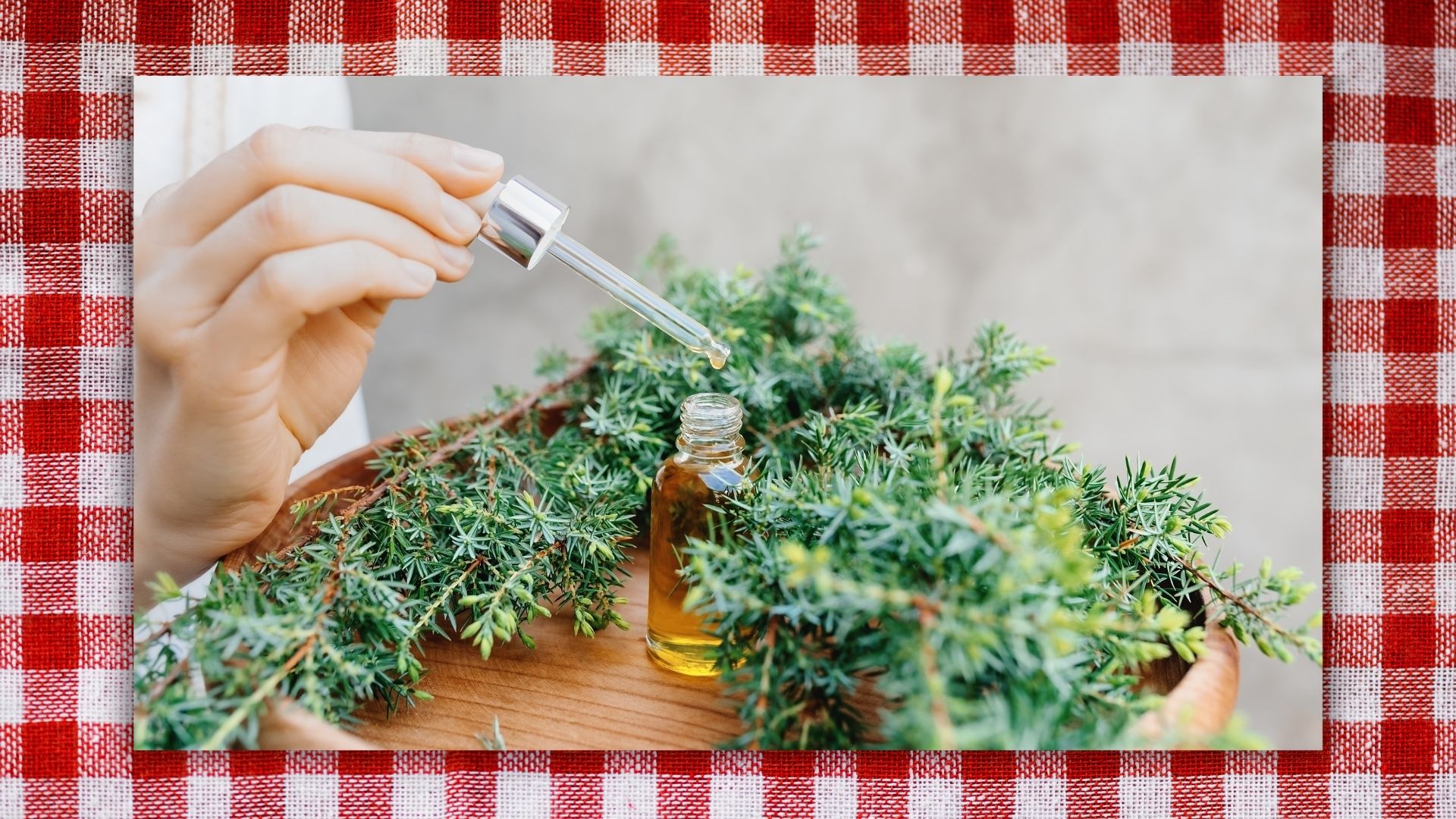Can you clean and reuse your air purifier filter? I asked the experts
Is it ok to clean and reuse your air purifier filter?
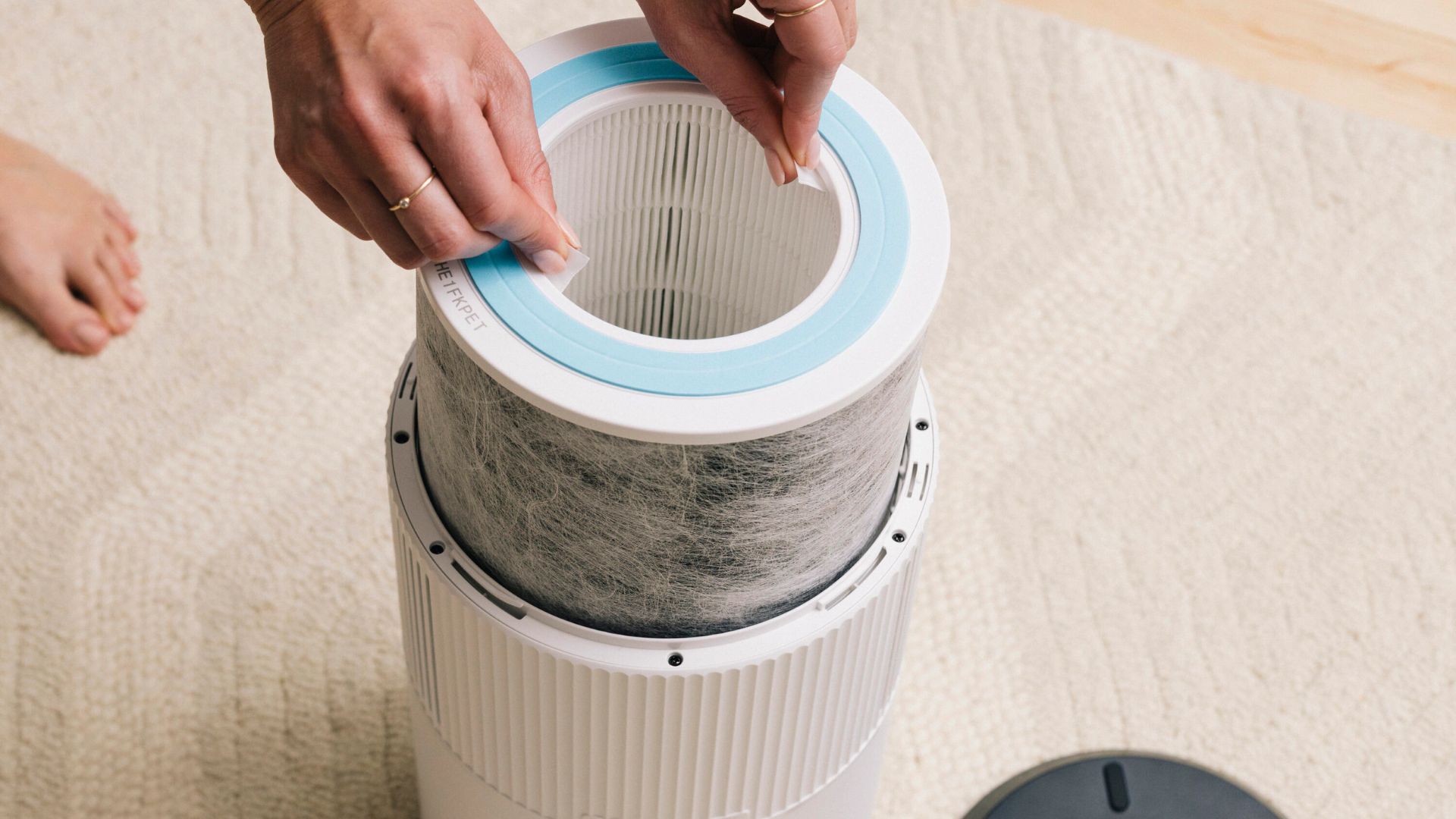
Whether you suffer from allergies or simply want cleaner indoor air, investing in one of the best air purifiers can make all the difference. And if you use it on a regular basis, you probably want to get the most out of its filters.
However, replacing filters can be costly, depending on the model you have. Certain models are fitted with filters that can last for years, but are very expensive to replace, while cheaper options may need replacing more often.
But, is it ok to clean and reuse your air purifier filters? While this might seem like a cost-effective solution, is this a bad idea for the performance of your air purifier?
Fortunately, we’ve got the industry experts at hand to determine whether it’s fine to clean or replace your air purifier filters.
If you're after a top-performing, overall air purifier, the BlueAir 211i Max is a good choice. It can remove at least 99.97% of tiny airborne particles including viruses, pollen, pet dander, smoke and odors. It also has a HEPASilent dual filtration technology that delivers more clean air faster, and is quieter. Ideal for large rooms, it also looks attractive in any space.
Can you clean and reuse your air purifier filters?
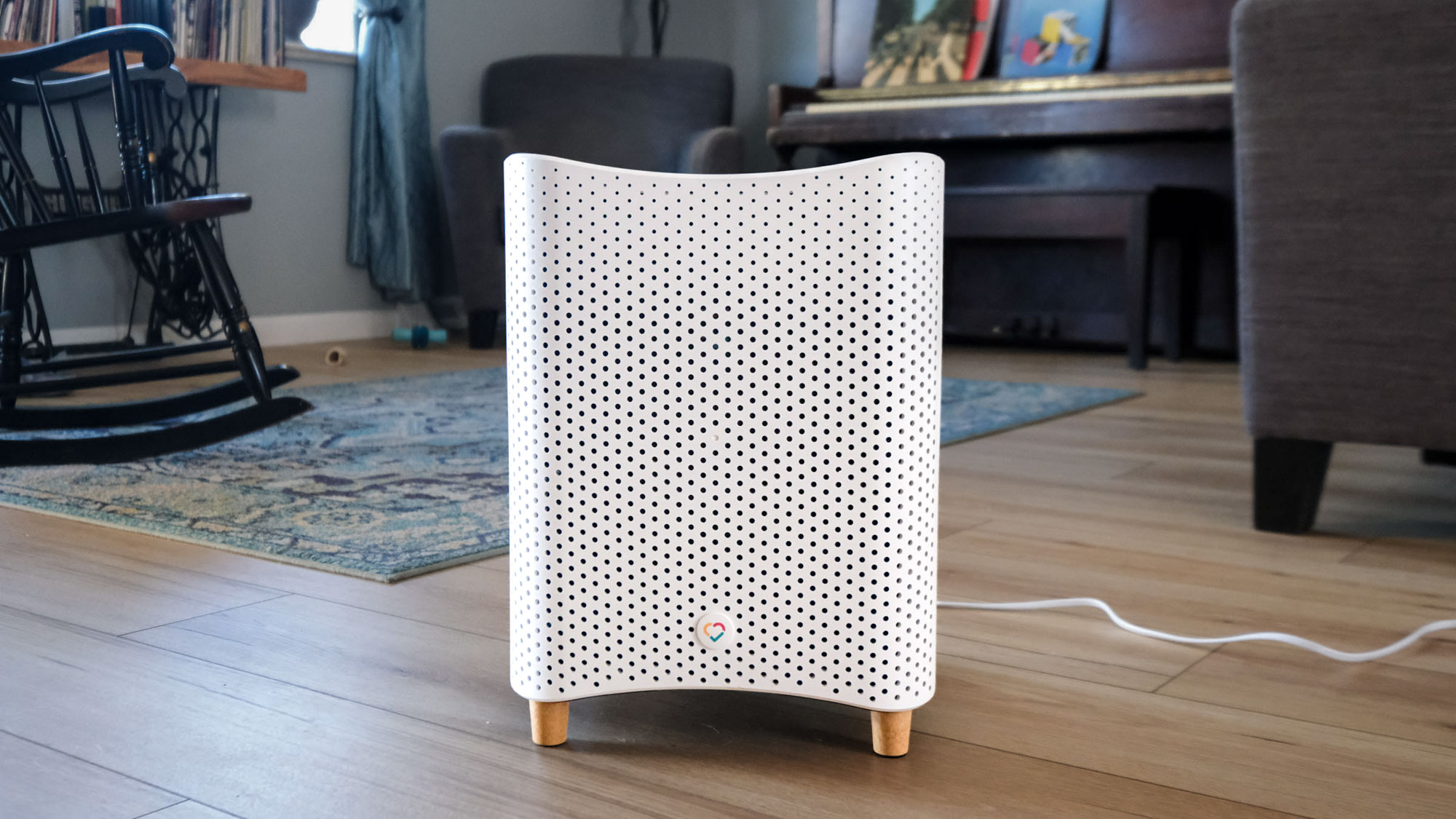
So, is it ever a good idea to clean and reuse your filter instead of replacing it? While the general consensus is a firm no, cleaning will also depend on the type of filter you have, and the manufacturer guidance.
Typically, HEPA filters, which are the most common, are not designed to be cleaned and reused. "The vast majority of air purifier filters, especially those using HEPA technology, are designed for one-time use and cannot be effectively cleaned and reused,” advises Edwin Cheung, the Founder of Rabbit Air.
"Unless a manufacturer explicitly specifies their product uses cleanable filters (which is rare among high-efficiency models), you should assume the filter is disposable. HEPA filters (High-Efficiency Particulate Air) work by trapping microscopic particles deep within a dense web of fibers. This structure is not designed to release the particles.
Get instant access to breaking news, the hottest reviews, great deals and helpful tips.
“Attempting to wash or vacuum a HEPA filter typically damages the fine material, creating large pores that allow harmful particles to pass right through, severely compromising the purifier's function." So always check first the type of filter and rule out HEPA types.
So what is the case for non-HEPA filters? Are those fine to wash and reuse? “Washable filters are typically made up from more durable mesh or foam so they can be rinsed under running water and dried fully before reinstalling them,” says Scott Hardesty, CEO of Caccia Home Services. “It's important to avoid using harsh chemicals though as they can damage the materials.
“It's also important to remember that every time you clean a filter, it's likely reducing its efficiency. You might think you are extending its lifespan and saving money but it is something you need to consider. A worn or poorly cleaned filter won’t catch fine particles like pollen or smoke for example, so you end up recycling dirty air through your home.”
Before doing so however, be sure to read the manufacturer’s instructions and follow them exactly.
How do you clean a pre-filter?
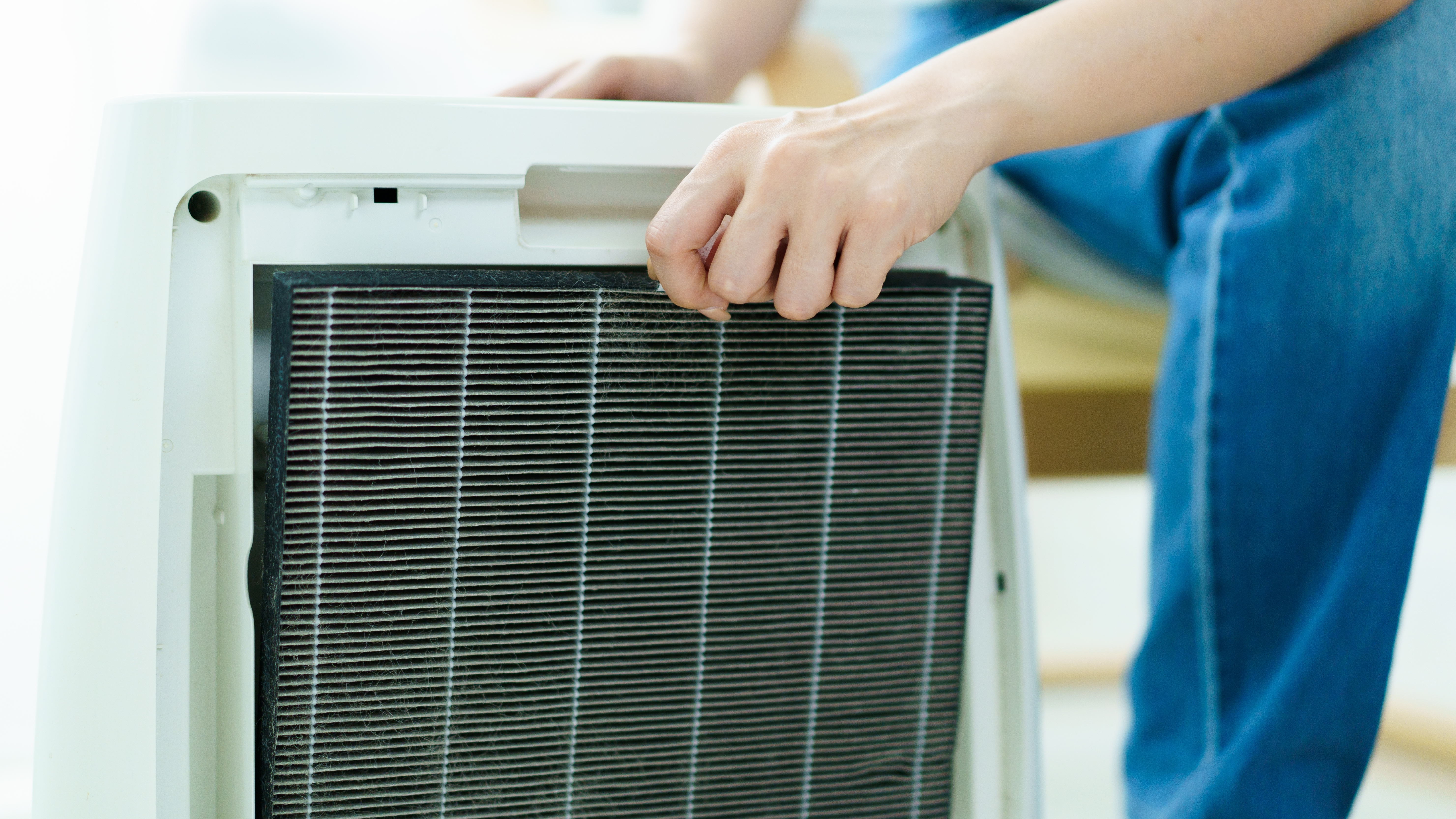
In some cases, there are pre-filters that can be vacuum cleaned and washed, as long as you follow the guidance. Essentially, a pre-filter is the first line of defense in an air purifier's purification system and can be cleaned.
“A lot of pre-filters are reusable, they trap the larger particles like hair and dust,” advises Martyn Fowler, Founder of Elite Renewables. “A quick vacuum and rinse every couple of weeks helps keep the unit running efficiently. The important thing is to avoid damaging the filter during the process.”
So what is the best method of cleaning a pre-filter? “You'll need to use cold water with no soap or detergents — and no scrubbing the filter,” advises Fowler. “Once it's been rinsed, make sure it’s absolutely bone dry before you put it back in the unit. If there’s any moisture left, you’re just inviting mold into your air purifier, which defeats the purpose entirely.
“HEPA filters do the heavy lifting in your air purifier and they are generally not designed to be cleaned and reused. They trap the fine particles like pollen and spores. If you wash them or try and blow them out with compressed air you’ll damage the fibres and make the filter useless. Once a HEPA filter’s saturated, it’s time to replace it.” Note, it’s important to remember to always unplug the unit before cleaning and never use harsh chemicals or submerge any parts in water.
For more top tips, check out these 7 air purifier tips to get cleaner air at home.

Follow Tom's Guide on Google News and add us as a preferred source to get our up-to-date news, analysis, and reviews in your feeds.
More from Tom's Guide
- 7 air purifier tips to get cleaner air at home
- 5 things I wish I knew before buying an air purifier
- What size air purifier do you need? We ask the experts

As the Homes Content Editor, Cynthia Lawrence covers all things homes, interior decorating, and garden-related. She has a wealth of editorial experience testing the latest, ‘must-have’ home appliances, writing buying guides and the handy ‘how to’ features.
Her work has been published in various titles including, T3, Top Ten Reviews, Ideal Home, Real Homes, Livingetc. and House Beautiful, amongst many.
With a rather unhealthy obsession for all things homes and interiors, she also has an interior design blog for style inspiration and savvy storage solutions (get rid of that clutter!). When she’s not testing cool products, she’ll be searching online for more decor ideas to spruce up her family home or looking for a great bargain!
You must confirm your public display name before commenting
Please logout and then login again, you will then be prompted to enter your display name.
